With Cahokia’s food history on our minds after our last episode, we turn to my backyard of St. Louis and are digging into more Native American food and farming history. Joined by Dr. Gayle Fritz, anthropologist and professor emeritus from Washington University, we uncover the mysteries of this once-thriving metropolis and its food and farming footprint.
(An AI created transcript is available for episode 410. It was created via Castmagic.)
Get ready to have your mind blown as Gayle delves into the incredible discoveries and hidden histories of Cahokia. It was major city and the largest metropolitan area long before Europeans arrived here. It was the largest city north of Mesoamerica between 1000-1400 CE. And today, it is surrounded by corn and soybean fields as well as small towns — it’s in the horseradish capital of Collinsville!
Did you know that the original residents of Cahokia cultivated crops we still grow like corn, squash and nuts? They also grew so-called “lost crops” as they are no longer in production? They even had their own version of quinoa! Plus, we’ll explore the various purposes of the mounds found in Cahokia, from ceremonial rituals to burial grounds.
A Look at Cahokia
Cahokia is an UNESCO World Heritage site because of the significance the site has to the cultural history of the Americas. During the episode we discuss that this city of more than 10,000 people was a focal point for the region in the Mississippian period. And keep this piece of trivia handy — Cahokia was a larger city than London in 1250!
Cahokia was somewhat of a capital of the intricate network of mounds scattered throughout the region. These mounds served various purposes, from being platforms for buildings and ceremonial sites to housing graves and acting as charnel houses. As Gayle explained, the shape, size, and purpose of the mounds were diverse, and they held significant cultural and spiritual meaning for the people of Cahokia.
Today, the site hosts a range of programs including solstice observances. The most visually awe-inspiring sight is the multi-tiered Monk’s Mound (European monks settled here for some time, hence the name). This is the mound from across the road. Look closely and you will see tiny dots that are people climbing it. I can only imagine how massive these would have been when first built more a thousand years ago.
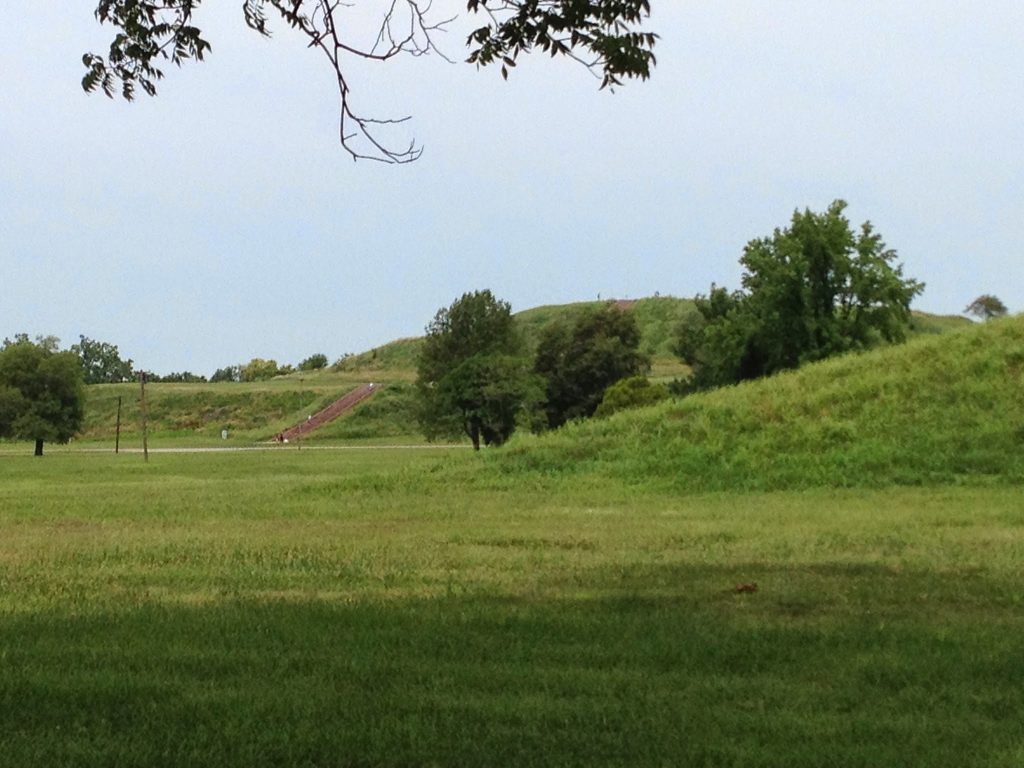
While the current site is a park of more than 3 square miles, it was a sprawling city with large farms for miles in every direction. When I went with family years ago, I zoomed in on the horizon with my iPhone… the St. Louis skyline is definitely clear on a good day even if it pixelates.
Cahokia’s Food History
I was luckily enough to be put in touch with Gayle by reaching out to the site manager who works for the Illinois Department of Natural Resources.
Cahokia, being a bustling metropolis, was undoubtedly a hub for trade. And the demand for food and farming with such a large population would lead to a focused effort. And of course, food was likely a valuable commodity in Cahokia’s trading.
Knowing about the three sisters, I asked about what specific crops were grown and exchanged, along with the methods used in farming during that era. How did the people of Cahokia cultivate their land, and what did they introduce to the region?
Corn was definitely a staple…. it started as the grass teosinte and the MesoAmericans kept selecting for more of the edible grain. I took this photo of teosinte years ago but can’t picture where we were on the development curve to today’s corn cobs.
There was a lot of squash, pumpkins, sunflowers, nuts and more. And of course, deer and other animals were hunted for meat. The last time I was in the museum at Cahokia, I snapped this shot on one of the food oriented exhibits.
Lost Crops of Cahokia
One of the most intriguing aspects of Cahokia’s food and agriculture is the exploration of the crops that have been lost to history. Gayle shed light on these ancient treasures, talking about some that were rich in protein and others that provided important oils.
Gayle brought up the following crops:
- Kinopodium: A relative of quinoa called lambsquarter that was likely a lost crop in the region around Cahokia. It is a high-protein grain.
- Sumpweed: A native crop related to sunflower that was selected for larger seeds and high lipid content.
- Maygrass: A native grass that was found to have high protein content and was likely an important food source at Cahokia.
- Little barley: Another native grass with high protein content that was likely used as a food source.
- Erect knotweed: A plant related to Japanese buckwheat that was mentioned for its potential as a protein-rich crop.
But just imagine, how did these forgotten crops taste and how did they fit into the daily diet of Cahokia’s inhabitants? Is there someone out there like Ramona and Terry Button who may bring these crops back into cultivation? Gayle’s colleague Dr. Natalie Mueller hopes that some of these lost crops can be reestablished in the future. She discusses it with St. Louis Public Radio in this interview.
Farming Advances in Cahokia
Finding, sorting, focusing in on growing some of the seeds that were most desirable was likely one aspect of Cahokian agriculture. The scale of production needed to sustain a city of that size would require significant organization. It may surprise someone — and yet not at all surprise others — that women were the ones who focused on this part of the food puzzle. The commitment to build from seed to large fields of production and then finding the right ways to store them for winter was something that amazed Europeans once in the area.
There were also major advances in farm tools with various types of rock or stone as well as animal antlers and bones alongside hardwoods like hickory to cut through the earth’s crust for planting. Rice farmer Blake Gerard said the stone work and sharpening remains impressive today!
Whereas much of the work of the native people of the Gila River Valley was in irrigation, the people of Cahokia had an abundance of water with the Mississippi River and so many other rivers and creeks in the area.
Links Mentioned
The book on Cahokia’s food Dr. Gayle Fritz has written is (affiliate link to Amazon) Feeding Cahokia: Early Agriculture in the North American Heartland (Archaeology of Food).
Cahokia Mounds State Historic Site
Interview with Dr. Natalie Mueller on lost crops
Castmagic is the AI tool (link to Castmagic & give me a referral fee that doesn’t impact your cost) that helps with some of the content shared here and on social channels. It helps me do more faster since I don’t stare at a blank screen.

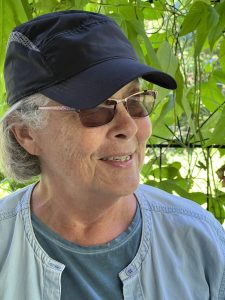
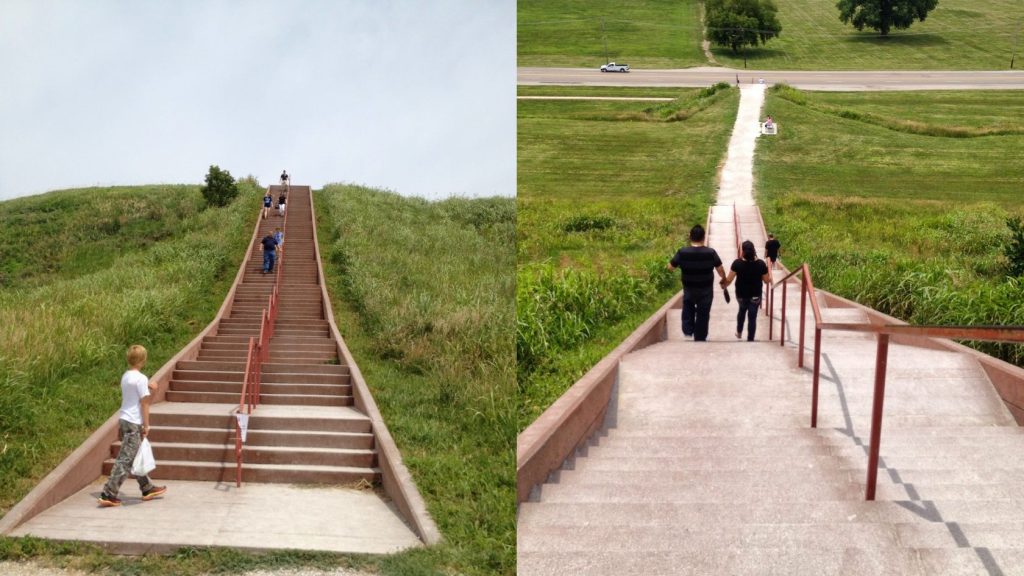
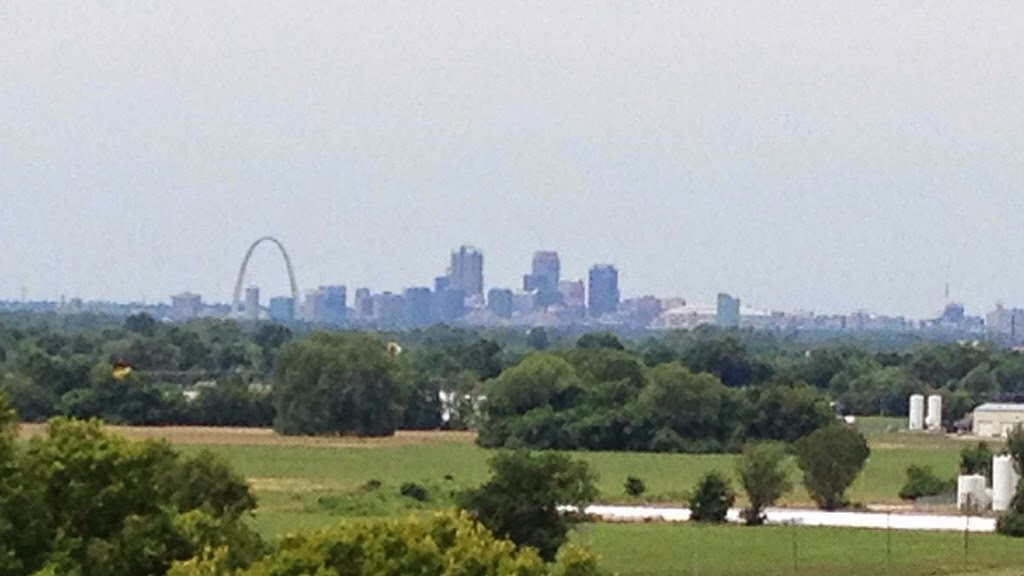

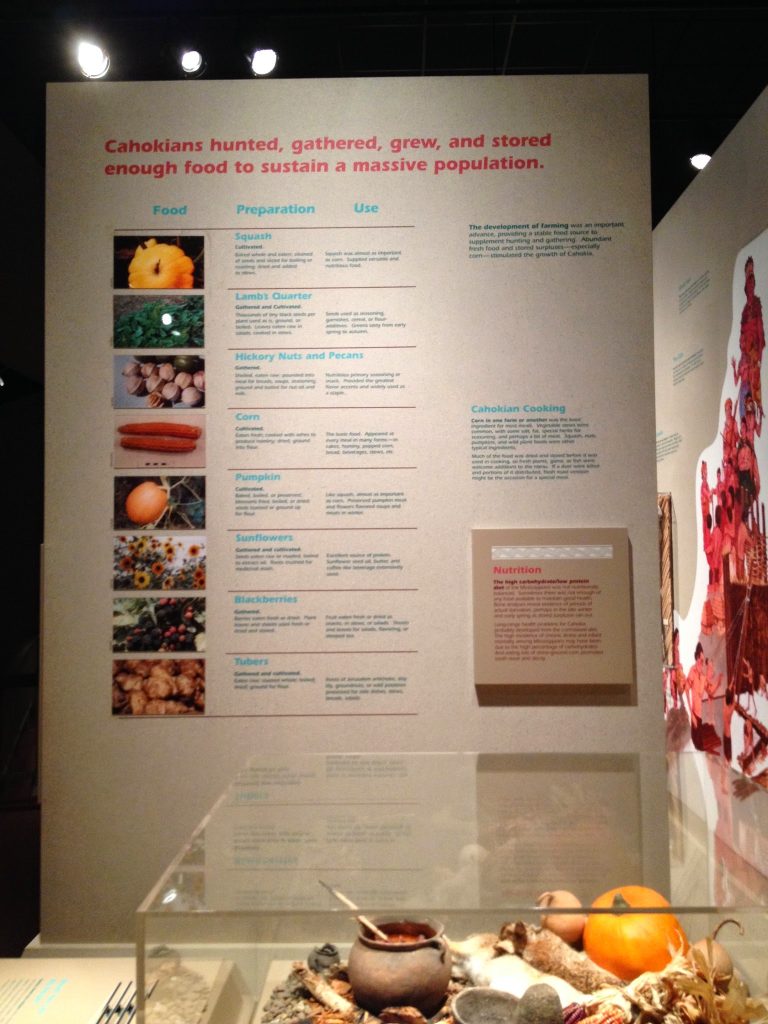


One comment on “Uncovering Cahokia’s Food History & Forgotten Farmscapes”